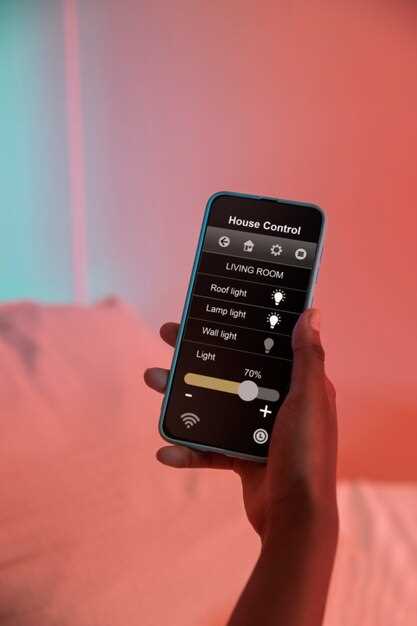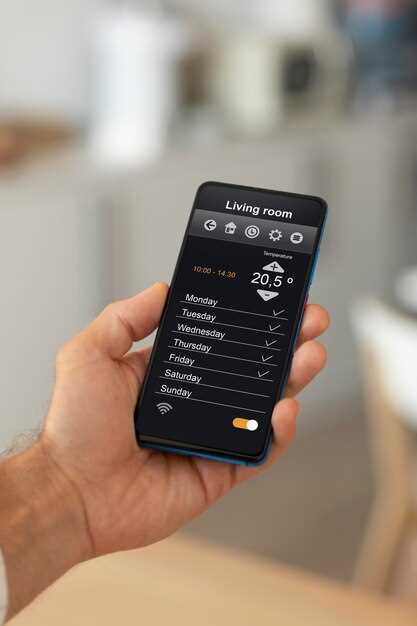
In the rapidly evolving landscape of automotive technology, voice control features have emerged as a game-changer in enhancing climate and cabin comfort. With the increasing integration of smart technologies in vehicles, drivers and passengers can now interact with their vehicle’s environmental systems more intuitively than ever before. This innovation not only streamlines operation but also promotes safety by allowing users to keep their hands on the wheel and eyes on the road.
One of the primary benefits of voice control in climate management is its ability to provide a seamless and personalized experience. Users can easily adjust temperature, airflow, and even seat heating settings using simple voice commands. This eliminates the need for manual adjustments, which can be distracting and cumbersome, especially during longer journeys. Moreover, advanced voice recognition systems can learn individual preferences, ensuring the cabin environment is tailored to each occupant’s liking.
Additionally, voice control features in modern vehicles often interact with other smart devices, expanding the range of cabin comfort functionalities. For instance, users can precondition their vehicle remotely, ensuring a comfortable atmosphere upon entry. As technology continues to evolve, the potential for interactive and adaptive climate control systems will only increase, further enhancing the appeal of voice command capabilities in vehicle environments.
Integrating Voice Commands for Temperature Adjustment

Voice command integration for temperature adjustment in vehicles significantly enhances user convenience and comfort. By employing natural language processing, these systems allow drivers and passengers to seamlessly control climate settings without manual interaction. A well-designed voice interface understands a variety of commands, enabling users to adjust temperature, switch between heating and cooling modes, and even set specific preferences for individual zones within the cabin.
To implement effective voice command functionality, it’s essential to ensure that the system recognizes common phrases and synonyms that users might employ. For example, phrases like “set the temperature to 70 degrees,” “cool it down,” or “increase the heat” should all trigger the desired adjustments. The application of machine learning can enhance the system’s ability to learn user preferences over time, allowing for more personalized and intuitive interactions.
Moreover, it’s crucial to integrate feedback mechanisms within the voice control system. After issuing a command, the system should confirm the action taken, such as “The temperature has been set to 70 degrees,” ensuring the user that their request was processed correctly. This not only improves user trust in the technology but also facilitates a more interactive experience.
Additionally, integrating voice commands with other smart features, like vehicle diagnostics, can create a comprehensive climate control system. For instance, users can be alerted about potential issues impacting temperature regulation, such as low refrigerant levels, through voice notifications. This connectivity enhances safety and convenience by keeping drivers informed and engaged without diverting their attention from the road.
Overall, integrating voice commands for temperature adjustment not only streamlines the user experience but also promotes safer driving by minimizing distractions. As the technology continues to evolve, further advancements will likely lead to even more sophisticated systems that anticipate user needs and preferences, making climate control an effortless aspect of modern driving.
Customizing Air Quality Settings with Voice Technology

Voice technology has revolutionized the way we interact with our vehicles, particularly in the realm of climate and cabin comfort. One of the most significant advancements is the ability to customize air quality settings using voice commands.
This feature allows drivers and passengers to maintain a healthy environment inside the vehicle without distraction. The integration of voice recognition systems can enhance the overall travel experience by providing real-time adjustments to air quality. Here are some key aspects:
- Personalized Commands: Users can set specific commands for air circulation, temperature control, and air purification. For instance, saying “Adjust air quality to fresh” may activate the air filtration system, maximizing the removal of pollutants.
- Real-Time Monitoring: Many modern vehicles are equipped with sensors that constantly monitor air quality parameters. Voice commands can retrieve this information, allowing users to say, “What is the air quality index?” and receive instant feedback.
- Climate Control Integration: Customizing air quality settings involves controlling both temperature and humidity levels. Voice technology can facilitate this by allowing users to issue commands like “Increase cabin humidity for comfort.”
Moreover, voice-assisted systems can learn user preferences over time. By analyzing frequently used commands and individual settings, these systems can create a tailored experience that anticipates user needs. This proactive approach enhances comfort and ensures optimal air quality.
To implement these features effectively, manufacturers can integrate advanced Natural Language Processing (NLP) technologies. This will make interactions more intuitive and reduce the likelihood of miscommunication between the user and the vehicle.
In summary, customizing air quality settings with voice technology enhances the driving experience by promoting health, comfort, and convenience. As this technology evolves, we can expect even greater integration of sophisticated air quality management systems into our vehicles, further enriching our travel experiences.
Utilizing Voice Control for Seat and Lighting Preferences
Voice control technology is revolutionizing the way drivers and passengers interact with their vehicles, particularly when it comes to personal comfort settings like seat adjustments and cabin lighting. By integrating voice-activated commands, users can effortlessly tailor their driving experience without the need for manual adjustments, enhancing both convenience and safety.
For seat preferences, voice control allows occupants to easily find their ideal seating position. Commands such as “Move the seat back” or “Adjust lumbar support” can be issued to reposition seats quickly and accurately. This feature is especially beneficial for shared vehicles, where multiple users may have different preferences. The system can also remember user profiles, allowing for a seamless transition between different drivers or passengers.
In addition to seating adjustments, voice control extends to cabin lighting, enabling users to create the desired ambiance within the vehicle. Commands like “Dim the lights” or “Turn on reading lights” provide immediate control over the lighting system, which can be particularly useful during night drives. Furthermore, the integration of ambient lighting settings can enhance the mood, with commands to switch between different colors or intensity levels, contributing to a personalized environment.
The combination of these features promotes a more relaxed and enjoyable journey. By minimizing distractions associated with manual adjustments, voice control allows drivers to maintain focus on the road, ultimately improving safety. As technology continues to evolve, the capabilities of voice control are likely to expand, offering even more customization options for seat and lighting preferences in vehicles.

